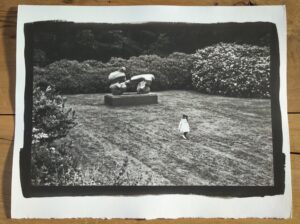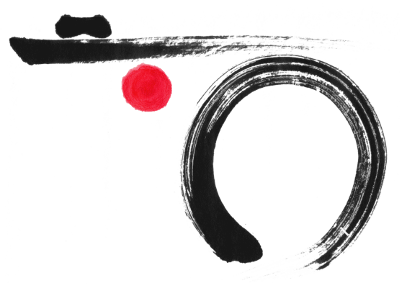One of the advantages of being locked up due to the COVID pandemic, has been the time to read and look at the excellent prints that I have in my boxes by some of the great photographers, whom I admire. It also gave me time to go through thousands and thousands of my own negatives to see if there are any worthy of platinum/palladium printing.
My friend Gerry Pisarzowski in Toronto, Canada, is a world-class platinum/palladium printer and I have long wanted to make a few. Gerry shares my world-view on what constitutes a great print, and he is a master at making them.
After much time spent looking at small rectangles through a loop and at my silver prints, I picked 20 negatives and made the decision to have them printed in platinum/palladium. There is a magic to platinum/palladium prints that is hard to describe, so this is probably not the greatest forum to try to present what should really be seen and touched, yet, it is worth trying.

The classic platinum/palladium print has a beautiful flat surface, the paper is mat and often has a little texture, like water-colour paper for instance. A print usually bears the very dark brown, or pure black strokes made with the brush when the platinum/palladium coating was applied, before being exposed to the light source. As such, platinum/palladium prints have the white of the paper, the black of the brush stroke frame, and finally the image itself. Some people mask the brush strokes either with a mat when framing, or by using a frame when applying the coating. Personally, I love the effect of the hand painted frame around the photograph, and I think it a great shame to hide it.
Much has been said about the platinum/palladium print as the king, or indeed the queen of photographs. I know this in part technical, as the process makes an incredibly stable and safe photograph, however, I think it is also because of the rarity of the platinum photograph. It is not a cheap process. The materials are expensive, and prints tend to be small, because it is a contact process, meaning that the negative is the same size as the final print. Given that small prints don’t seem to be in vogue at this time, where often prints seem to be judged by their square footage, as opposed to their quality, platinum prints are unique and special. Very special.
In a time when bigger is better, the luxury of being able to hold in your hands a small print made with care, using deep knowledge of the process and a bit of black magic is not only wonderful, but so different than what you would expect from a digital, or silver gelatin photograph.
I can warmly recommend that if you can find a great platinum/palladium printer, it is worth the effort and cost to make a few and experience what your photographs can also look like when presented on fine papers using noble metals. You could start by visiting my friend Gerry Pisarzowski’s website for more details of the process and perhaps you too can enjoy holding in your hands a magic platinum/palladium photograph. (http://geraldpisarzowski.ca/)
Harbel

